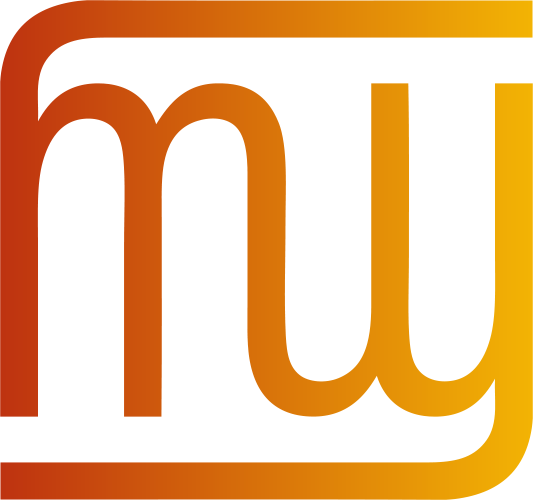 The W3C Internationalization (I18n) Activity works with W3C working groups and liaises with other organizations to ensure Web technologies work for everyone, regardless of their language, script, or culture.
The W3C Internationalization (I18n) Activity works with W3C working groups and liaises with other organizations to ensure Web technologies work for everyone, regardless of their language, script, or culture.
From this page you can find articles and other resources about Web internationalization, and information about the groups that make up the Activity.
Read also about opportunities to participate and fund work via the new Sponsorship Program.
What the W3C Internationalization Activity does
Selected quick links
Selected quick links
Selected quick links
Updated article: Normalization in HTML and CSS
The article Normalization in HTML and CSS was largely rewritten. It now describes the various normalization forms, and clarifies that W3C doesn’t require all content to be strictly NFC-normalized. It also warns about the dangers of blindly normalizing content to a particular normalization form (unless performing a match/sort procedure).
Translators are invited to update the translations in German, Spanish, French, Polish, Brazilian Portuguese, Russian, and Ukrainian.
Updated article: Styling vertical Chinese, Japanese, Korean and Mongolian text
The article Styling vertical Chinese, Japanese, Korean and Mongolian text has been updated in the following ways:
- The sections Sideways values of writing-mode and The sideways value of text-orientation have been rewritten to replace content with more up-to-date and accurate information.
- Browser support information has been overhauled and brought up to date.
- In-page live code has been added to show how each feature behaves in your browser.
New article: Ruby Styling
The article Ruby Styling provides guidance for content authors on CSS features available for styling ruby text in Japanese, Chinese, Korean, and Mongolian. It is a companion article to Ruby Markup. It includes information about what is and isn’t currently supported in major browsers.
Translators are invited to provide translations.
Please raise any comments as github issues by clicking on the “Leave a comment” link at the bottom of the article.
For review: Ruby Styling
The article Ruby Styling is out for wide review. We are looking for comments by Thursday 14 July.
The article reviews the typical usage patterns of inline annotations for Japanese and Simplified/Traditional Chinese, and provides guidance for content authors about how to use features of the CSS Ruby spec to achieve the rendering they want. It also reports on current support for those features in the 3 major browser engines. This information should also be useful for authors writing in the Traditional Mongolian orthography.
This is a companion article to Ruby Markup, which focuses on how to mark up inline annotations.
Please send any comments as github issues by clicking on this link, or on “Leave a comment” at the bottom of the article. (This will add some useful information to your comment.)
New article: RTL rendering of LTR scripts
The article RTL rendering of LTR scripts suggests ways to produce runs of right-to-left text using HTML & CSS for languages that are nowadays normally written left-to-right. The use cases for this are rare, and mostly relate to academic descriptions of text in orthographies such as Chinese, Japanese, Egyptian hieroglyphs, Tifinagh, Old Norse runes, and a good number of other now-archaic scripts.
Translators are invited to provide translations.
Please raise any comments as github issues by clicking on the “Leave a comment” link at the bottom of the article.
For review: RTL rendering of LTR scripts
The article RTL rendering of LTR scripts is out for wide review. We are looking for comments by Thursday 7 July.
The article suggests ways to produce runs of right-to-left text using HTML & CSS for languages that are nowadays normally written left-to-right. The use cases for this are rare, and mostly relate to academic descriptions of text in orthographies such as Chinese, Japanese, Egyptian hieroglyphs, Tifinagh, Old Norse runes, and a good number of other now-archaic scripts.
Please send any comments as github issues by clicking on this link, or on “Leave a comment” at the bottom of the article. (This will add some useful information to your comment.)
Updated article: Languages using right-to-left scripts
The article “Script direction and languages” now has the title “What languages are written with right-to-left scripts?“, and provides insights into right-to-left (RTL) script usage around the world.
In a substantial revision, previous tables have been replaced with a completely new table which lists 12 scripts and over 200 languages using RTL scripts in the modern day. While it is only possible to give a rough idea of usage, the table includes information about which countries use those languages and figures for speakers of those languages. The data is gathered from the SIL Ethnologue.
4 translations available for the Getting Started page
The page Getting Started with Internationalization was recently rewritten. The new version is now available in the following translations.
Arabic: الخطوات الأولى مع التدويل
Spanish: Iniciándose en la Internacionalización
French: Une introduction à l’internationalisation
Simplified Chinese: 国际化入门资源
Thanks to the translators: Najib Tounsi, Emmanuelle Gutiérrez y Restrepo, Jean-Christophe Helary, 薛富侨
2 new translations into Chinese
时间和日期:基本概念 (Time & date: Essential concepts)
何时使用语言协商 (When to use language negotiation)
Thanks to Fuqiao Xue and Huan Cui for providing these translations.
3 new translations into Chinese
Web上的双向文本和语言元数据用例 (Use cases for bidi and language metadata on the Web)
国际化和多语言网站 (International & multilingual web sites)
单语言和多语言网站 (Monolingual vs. multilingual Web sites)
Thanks to Fuqiao Xue and Huan Cui for providing these translations.

